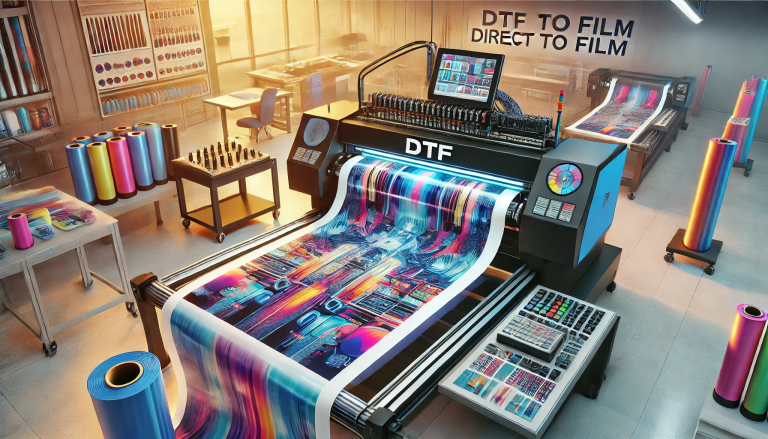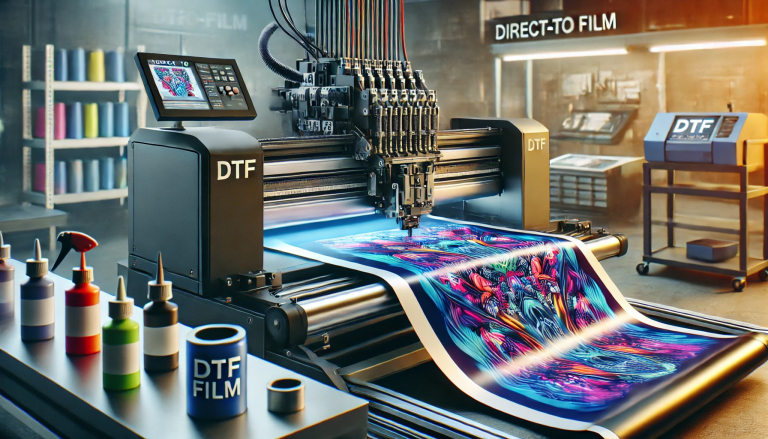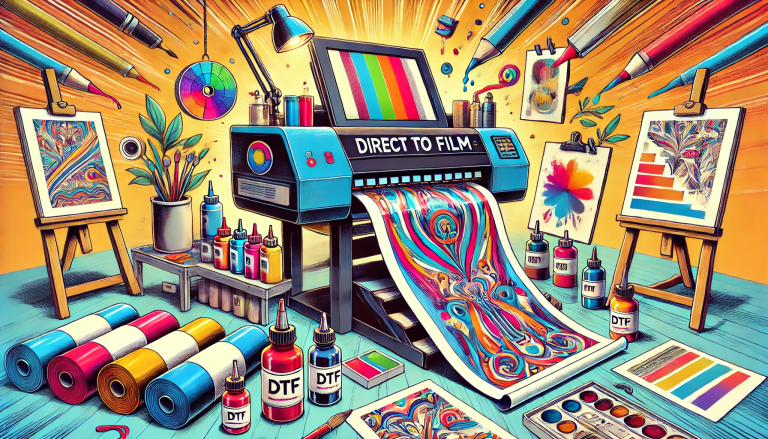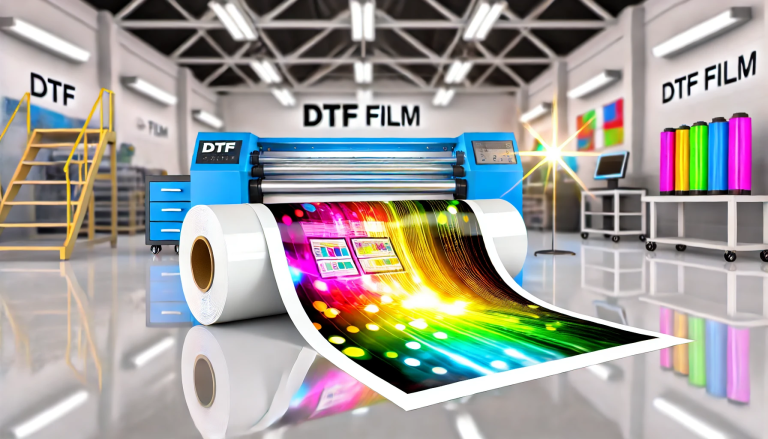“Navigating the World of UV DTF Film and Inkjet Printers: A Comprehensive Guide” -MAXDTF- China Direct to Transfer UV DTF Paper, China UV DTF PET Decal, Made in China
Direct-to-film (DTF) printing technology has revolutionized the world of digital printing, providing new opportunities for creativity and customization. Among the different types of DTF, UV DTF film stands out with its unique properties and applications. This blog post will guide you through the use of UV DTF film with inkjet printers, covering the concepts, compatibility, benefits, challenges, and how it is transforming the digital printing industry.
1. Understanding UV DTF Film
UV DTF (Direct-to-Film) is a specialized type of transfer film used in the printing industry. It is designed to be compatible with UV inks, which are unique in that they dry or ‘cure’ instantly when exposed to ultraviolet light. UV DTF film has a special coating that allows the UV inks to adhere properly, and the film is used as a transfer medium to move the printed image onto a variety of surfaces, including textiles, plastics, and metals.
2. Compatibility of UV DTF Film with Inkjet Printers
The question of whether UV DTF film can be used with inkjet printers depends largely on the type of ink that the printer uses. Traditional inkjet printers use dye-based or pigment-based inks, which are not compatible with UV DTF film. However, UV inkjet printers, a specific type of inkjet printers that use UV-curable inks, are fully compatible with UV DTF film.
UV inkjet printers function in much the same way as traditional inkjet printers, but instead of using heat to deposit ink, they use UV light. The UV light instantly cures the ink as it is deposited on the film, allowing for rapid and efficient printing processes.
3. Benefits of Using UV DTF Film with Inkjet Printers
There are several benefits to using UV DTF film with UV inkjet printers. First and foremost, the UV curing process provides high-quality, vibrant, and durable prints. The prints are highly resistant to fading, wear, and environmental factors, making them suitable for a wide range of applications.
Moreover, UV DTF film allows printing on a broad array of surfaces, including textiles, plastics, ceramics, and metals. This provides tremendous flexibility in terms of the products and materials that can be customized using this technology.
The speed and efficiency of the UV curing process also mean higher productivity rates, as there is no need to wait for inks to dry before proceeding to the next step of the process.
4. Challenges of Using UV DTF Film with Inkjet Printers
While the benefits are numerous, it’s also important to acknowledge the challenges associated with using UV DTF film with UV inkjet printers. First, the initial setup cost can be quite high, as UV inkjet printers are more expensive than conventional inkjet printers.
Secondly, UV inks require careful handling due to their potential for causing skin or eye irritation upon direct contact. It’s necessary to have proper safety procedures in place when working with UV inks.
Finally, UV inkjet printers require regular maintenance to ensure the UV light source remains effective, and to prevent clogging of the ink nozzles with the thicker UV-curable inks.
5. Transforming the Digital Printing Industry with UV DTF Film and Inkjet Printers
The combination of UV DTF film and UV inkjet printers is transforming the digital printing industry by providing a fast, efficient, and versatile method for producing high-quality, durable prints on a variety of surfaces.
This technology has opened up new possibilities for customization, allowing businesses to offer personalized products in a quick and cost-effective manner. From custom clothing and accessories to personalized home décor and promotional products, the impact of this technology is widespread and continues to grow.
In conclusion, while the use of UV DTF film is currently limited to UV inkjet printers, the benefits offered by this technology in terms of print quality, versatility, and productivity make it a game-changer in the world of digital printing.






